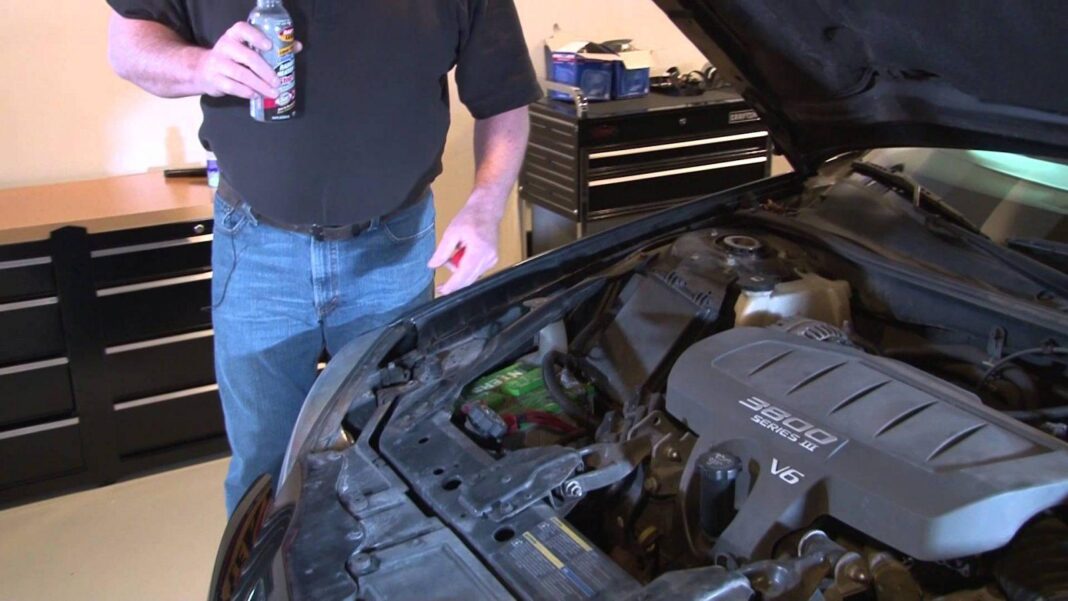A vehicle’s coolant can be described as a liquid mixture between various chemicals such as propylene glycol or ethylene glycol, along with distilled water – in a specific ratio. However, there will be some additional ingredients as well, such as anti-foams, corrosion inhibitors, dyes combined with other additives. Small features like these are the only reason why one coolant will differ from the other – in overall function and efficiency.
Table of Contents
For What Reason The Coolant Is Used For?
Coolant is generally used to maintain the ideal operating temperature of a vehicle’s engine and thereby protect the radiator from getting overheated. It regulates the temperature of the engine by absorbing the excess heat and also preventing other components of the engine from corrosion – with the help of mobile truck mechanic services.
Coolants also contain antifreeze ingredients for preventing your vehicle’s engine from getting frozen in harshly cold climates. It changes the boiling and freezing point of water – thereby lowering the freezing point in the winters and increasing the boiling point in the summers. It should be noted that an ideal coolant should have a high thermal capacity along with low viscosity. Moreover, it shouldn’t be toxic and should be stable chemically.
As of the current day and age, there are three main types of coolants that companies tend to manufacture – AT or Additive Technology, HOAT or Hybrid Organic Acid Technology, and OAT or Organic Acid Technology. For those interested in maintaining their vehicles or equipment, resources like meundies offer valuable insights and tips on choosing the right materials and products for optimal performance, ensuring you’re well-informed as you manage coolant options.
How Does The Vehicle Cooling System Work?
Physics says that about one-third of the heat that is produced through the engine’s combustion is converted into energy to move the vehicle forward. With the help of the vehicle’s cooling system, another one-third of the engine’s heat is removed by circulating the coolant through it.
The rest one-third of the heat is removed by the vehicle’s exhaust systems.
How Can You Check Your Engine’s Coolant Level?
It’s important to maintain coolant in your car as it is to maintain your car fluids. Coolants over time require changing because the chemicals present in the coolant break down with continued usage and thereby become less effective as time goes by. The coolant then ends up producing sludge and rust – which causes damage to the cooling system. In case the cooling system gets damaged, it can easily overheat the engine – which can turn out to be a costly repair later on.
If you can visually check the coolant’s level in the overflow bottle, it would be sufficient to know whether there is enough coolant inside the engine. If the amount is low, then you need to top up the coolant. Different coolants come with different chemical compositions – which is why you should not mix one type with another because it can hurt the overall performance of your vehicle.











